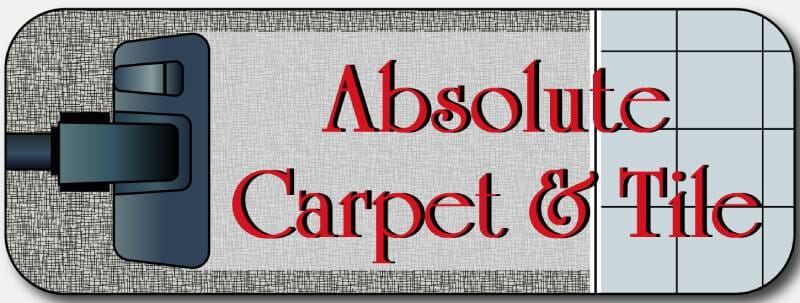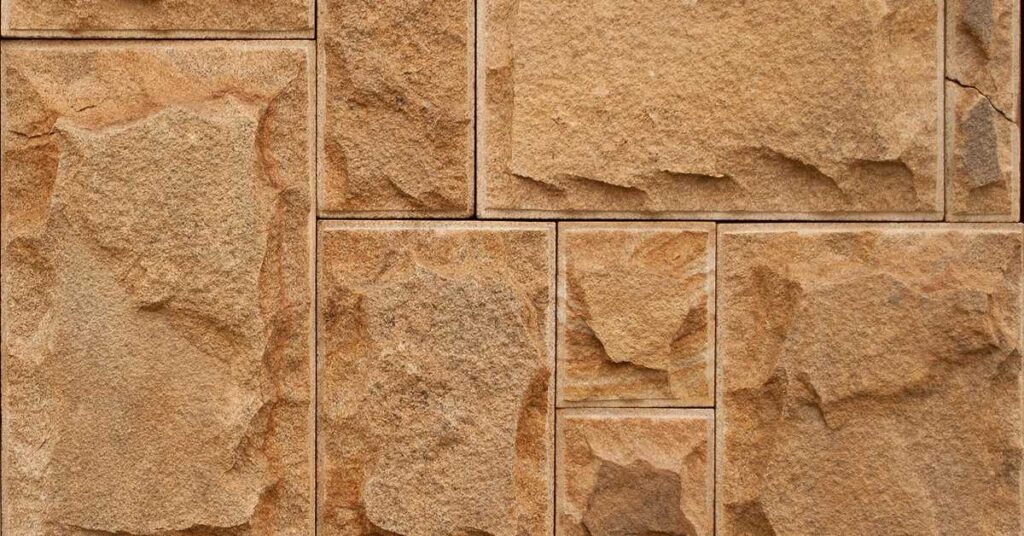Why Tile Sealing Matters
Tile and grout are tough, but they are not invincible. Over time, spills, dirt, and moisture can work their way in and cause stains or damage. Sealing gives tile and grout a protective layer that makes cleaning easier and helps floors and walls last longer.
As a homeowner, you’ve invested in your tile. Sealing is how you protect that investment. Whether you have a new installation or floors that have been around for years, sealing can help keep them looking their best.
What Tile and Grout Sealing Does
Tile sealing works by creating a barrier that keeps liquids, dirt, and oils from soaking in. This is important because:
- Tile can stain if it’s porous.
- Grout is even more absorbent and can trap bacteria and odors.
A good sealer:
- Blocks stains before they set.
- Helps prevent mold and mildew.
- Makes mopping and scrubbing faster and more effective.
Do All Tiles Need Sealing?
Not every tile type needs sealing, but grout almost always does.
Tiles that usually require sealing:
- Natural stone like marble, limestone, travertine, and slate.
- Unglazed ceramic.
- Textured porcelain.
Tiles that may not require sealing:
- Glazed ceramic.
- Polished porcelain.
Even with dense or glazed tiles, sealing the grout is still smart. In some cases, you might also seal dense tiles for appearance enhancement or slip resistance.
Benefits of Sealing Tile and Grout
Here’s why sealing is worth the time and cost:
- Prevents stains – Coffee, wine, grease, and dirt can’t easily penetrate sealed surfaces.
- Protects against moisture – This lowers the chance of mold and mildew growth, especially in bathrooms and kitchens.
- Easier cleaning – Dirt stays on the surface, so you can wipe or mop it away without harsh scrubbing.
- Enhances appearance – Sealers can enrich color or add a glossy or satin finish.
- Improves safety – Certain sealers add slip resistance for wet areas.
Types of Tile Sealers
Penetrating Sealers
- Soak into the tile or grout to protect from within.
- Invisible finish.
- Great for natural stone and porous surfaces.
- Best for moisture-prone areas like showers, patios, and kitchen floors.
Topical Sealers
- Sit on the surface to create a protective coating.
- Can add gloss or deepen color.
- Good for ceramic or porcelain when you want appearance enhancement or extra protection.
Hybrid Sealers
- Offer both penetration and surface coating.
- Good for homeowners who want deep protection and a finish change.
Finish Options
- Gloss, satin, or matte.
- Slip-resistant additives available for safety.
Choosing the Right Sealer for Your Tile Type
- Natural Stone – Always use a penetrating sealer.
- Porcelain – Use penetrating or hybrid for textured/matte surfaces; topical for shine or slip resistance.
- Ceramic – Usually seal grout only unless you want to enhance the tile’s look.
- Glass Tile – No sealing needed for tile, but grout still benefits.
When to Seal Tile and Grout
- After installation – Seal once grout cures (usually 48–72 hours).
- When old sealer wears off – If water no longer beads on the surface, it’s time.
- After deep cleaning – Always reseal after a professional cleaning or stripping.
- In high-moisture or outdoor areas – Seal more often for bathrooms, showers, and patios.
How to Tell If Your Tile or Grout Needs Sealing
- Do the water drop test – Put a few drops of water on the surface. If it soaks in within minutes, you need to reseal.
- Look for stains, discoloration, or dullness.
- Check for mildew or mold growth in grout lines.
How Professionals Seal Tile and Grout
Here’s what we do at Absolute Carpet & Tile to get long-lasting results:
Preparation
- Move furniture and clear the area.
- Deep clean tile and grout to remove dirt, oils, and stains.
- Strip away any old sealer if needed.
- Let the surface dry completely.
Application
- Test sealer on a small spot.
- Apply evenly using the right tool for the surface—brush, sponge, roller, or sprayer.
- Wipe off excess to prevent streaks or haze.
Curing
- Allow proper drying time per product instructions.
- Keep foot traffic off until the sealer is fully cured.
How Much Does Tile Sealing Cost?
DIY costs:
- $20–$50 for a quality sealer.
- Basic tools like applicators, gloves, and towels.
- Time and effort for cleaning and applying correctly.
Professional costs:
- Usually charged per square foot.
- Factors include tile type, prep work, and location.
- With pros, you get even coverage, expert product choice, and results that last longer.
How Long Sealers Last & Maintenance Tips
- Penetrating sealers: 3–5 years.
- Topical sealers: 1–3 years.
- Reseal high-traffic or outdoor areas more often.
- Clean with neutral pH products to avoid breaking down the sealer.
- Avoid bleach, strong acids, or abrasive scrubbers.
Common Mistakes to Avoid
- Sealing dirty or damp surfaces.
- Using the wrong sealer for the tile type.
- Overapplying and leaving a sticky film.
- Forgetting to seal grout lines.
FAQs
Can sealing change how my tile looks?
Yes. Some sealers deepen color or add gloss. Always test first.
Is sealing worth it for porcelain or ceramic tile?
Yes for grout, and sometimes for the tile if you want enhanced appearance or extra slip resistance.
How soon can I walk on floors after sealing?
Wait until the sealer is fully cured, usually 24 hours.
Do outdoor tiles need sealing?
Yes. Sun, rain, and dirt can cause damage faster outdoors.
Ready to Seal the Deal?
Sealing your tile and grout protects against stains, moisture, and wear. It keeps cleaning simple and helps your surfaces look new for years.
If you want it done right, we’re here to help. At Absolute Carpet & Tile, we’ve been serving the Austin area since 2009 with honesty, integrity, and loyalty at the core of every job.
Call today for expert tile sealing that keeps your floors and walls in top shape.


